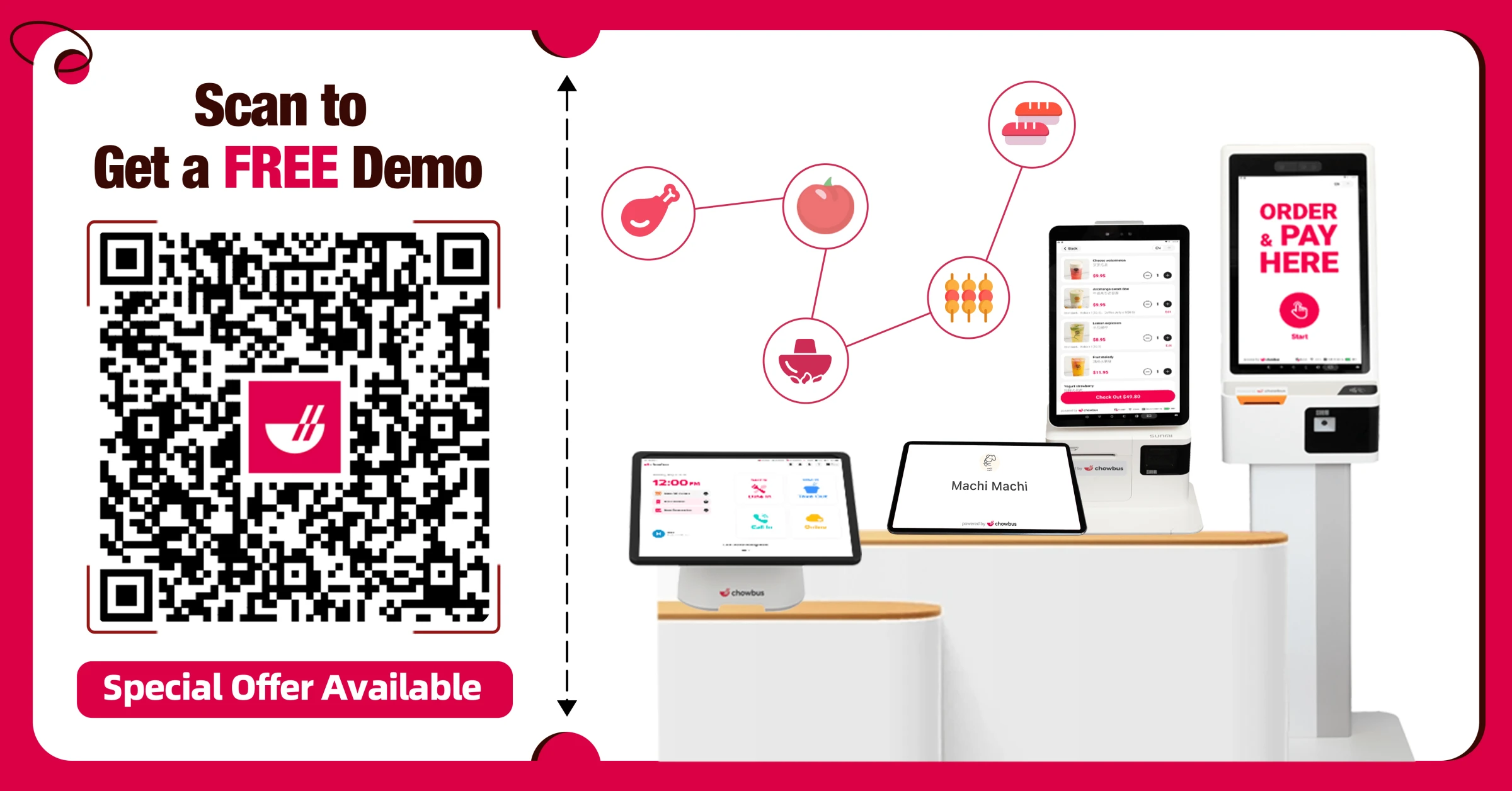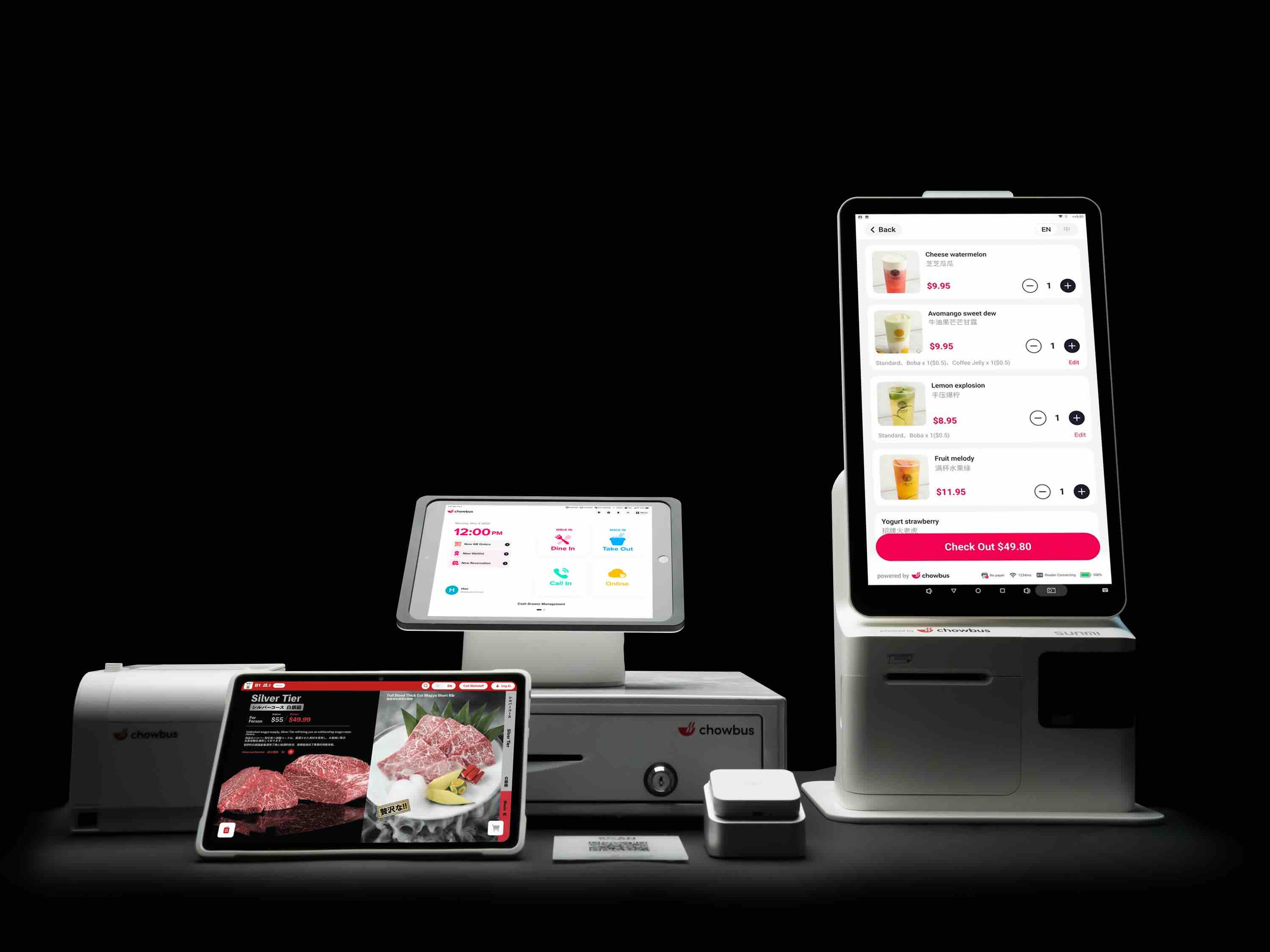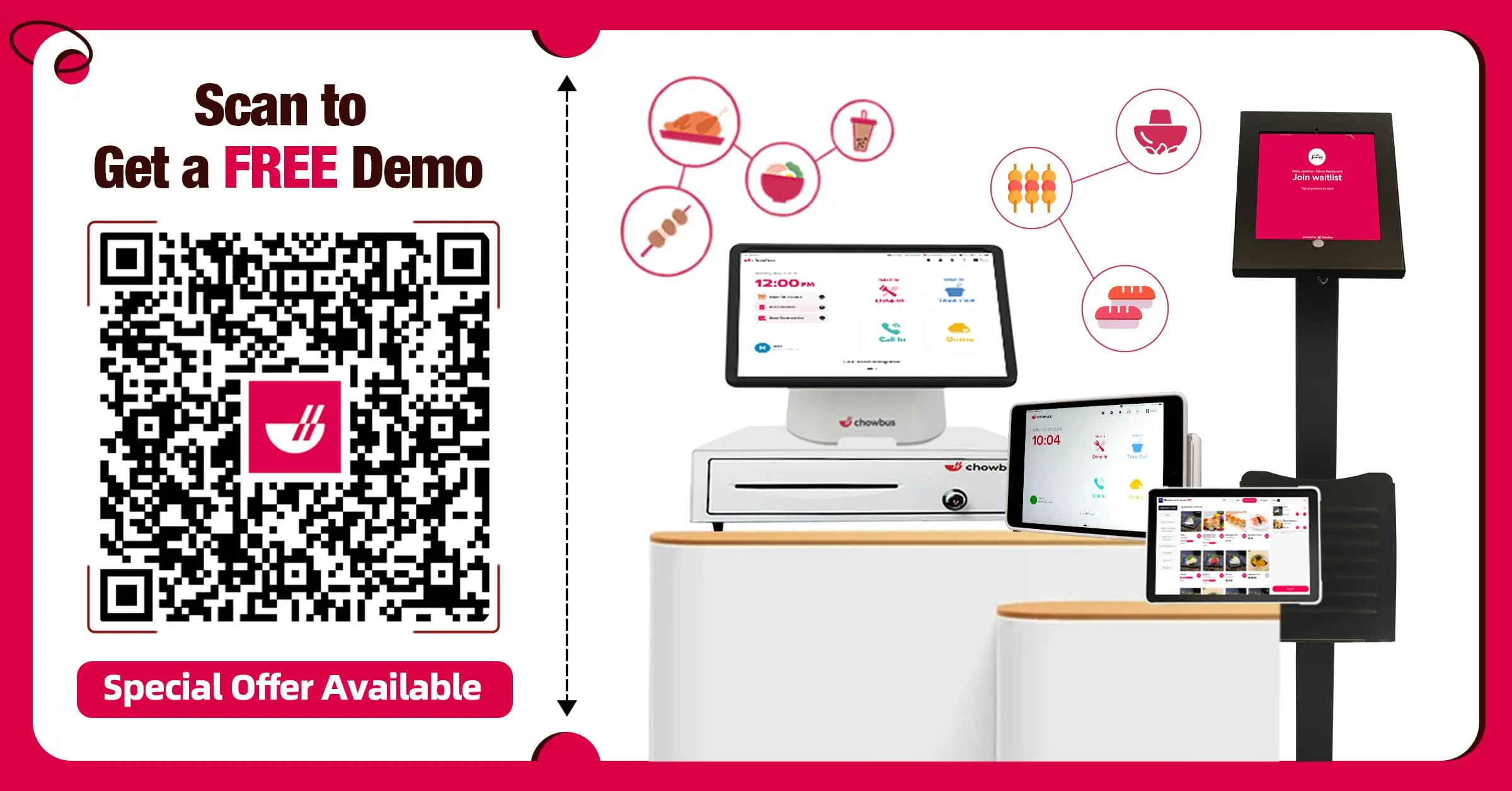What is a Franchise Restaurant? Understanding How Franchises Work

Are you dreaming of owning your own restaurant but feeling daunted by the challenges of starting from scratch? Or perhaps you’re an established restaurant owner looking to expand your brand and diversify your business? You’re in the right place.
Starting an eatery from zero can be overwhelming—everything from crafting the menu to marketing your brand must be handled solo. The good news? Franchising offers a proven roadmap to owning or expanding a dining establishment using an already successful formula. Whether you’re new to the industry or seeking growth opportunities, franchising can provide the structure, support, and brand recognition you need to succeed.
In this post, we’ll break down exactly what a franchise restaurant is, how franchises operate, and explore the pros and cons to help you decide if franchising is the right strategy for your entrepreneurial journey or expansion plans.

What is a Franchise Restaurant?
A franchise restaurant operates under a business model where an individual (often called a franchisee) pays for the right to use another organization’s name, branding, recipes, and guidelines (the organization that grants these rights is the franchisor). This approach simplifies the path for someone who wants to own or expand a dining establishment without building every element from scratch.
Key Elements That Define a Franchise Restaurant
1. Formal Agreement
At the core of every franchise restaurant is a legal agreement. This document outlines the responsibilities and expectations for both the franchisor and franchisee. It grants the franchisee the right to use the brand’s established systems and processes, ensuring a unified business approach.
2. Established Brand
The franchisor has typically built a consistent identity recognized in specific regions or even nationally. A franchise restaurant inherits that identity in exchange for an initial fee and regular royalty payments. The royalty is often calculated as a portion of sales or a flat monthly fee.
3. Replicable Model
The franchisor’s methods are tried and tested. A franchise restaurant replicates those methods so customers experience the same menu, design elements, and level of service as other units in the chain. The specifics might vary slightly depending on region or location type, but overall consistency drives success.
4. Training and Support
The franchisor usually provides resources, such as training modules, supplier lists, marketing guidelines, and more. The central idea is to ensure the new unit maintains the expected standards. That means a franchise restaurant can launch with less uncertainty than a new concept that has never been tested.
5. Shared Responsibilities
The franchisee handles day-to-day staffing, local marketing, and operational tasks. Meanwhile, the franchisor sets guidelines and supplies broad promotional strategies, branding, and long-term direction.
Differences from an Independent Restaurant
Concept and Branding: An independent restaurant is owned and operated by a single entity without outside oversight from a larger brand. A franchise restaurant uses a recognized concept, meaning the core identity is already established.
Operational Framework: A franchise restaurant follows pre-existing systems. An independent establishment can create or evolve its own systems at will.
Support Network: With a franchise, the franchisor gives insight on many operational aspects. Independent establishments rely on their own networks or third-party consultants to overcome business challenges.
Reasons This Model Can Be Appealing
Built-In Recognition: A franchise restaurant starts under a recognized name, which can attract customers right away. Individuals new to the industry may find this appealing because acquiring brand traction independently can be tough.
Proven Methods: Adopting a recognized format reduces guesswork around menu creation, marketing messages, and interior design. These are typically refined over many years by the franchisor.
Reduced Risk: There’s no guaranteed approach in the dining business, but a well-known franchise can mitigate some concerns. Operating under an established identity and system may be less risky than pouring resources into an unknown concept.
Cost Considerations
Initial Franchise Fee: Paid to the franchisor for the rights to join the network. This fee can vary depending on the brand’s popularity, the level of initial training offered, and the resources they provide.
Ongoing Royalties: Typically expressed as a percentage of gross sales, paid weekly or monthly. These payments help fund continued support from the franchisor, advertising campaigns, and brand-wide innovation.
Marketing Fees: Some agreements include separate advertising fees to support brand-wide promotions. These fees pay for television ads, social media campaigns, or other large-scale efforts.
Operational Expenses: Even though a franchise can offer guidance, the day-to-day expenses of payroll, utilities, ingredients, and other supplies still rest with the franchisee.
Variations Within the Franchise Model
Single Unit: An agreement allowing one franchise restaurant at one location. This is often a starting point for new operators.
Multi-Unit: An arrangement that gives a franchisee the right to open multiple units in different places. This path is usually appealing to those with significant capital and the capacity to run several branches.
Master Franchise: The franchisor grants a partner (the master franchisee) the right to develop and sell sub-franchises in a particular region. This partner then takes on some functions of a franchisor within that region.
Responsibilities on Both Sides
Franchisor: Maintains the brand. Creates strategies, training materials, and operational manuals. Offers ongoing assistance to keep standards consistent.
Franchisee: Upholds brand procedures. Manages employees, daily tasks, and local advertising efforts, all while following the franchise agreement. Pays royalties and reports performance data to the franchisor.
Potential Challenges
Fees and Royalties: Some might find regular payments strenuous if revenue fluctuates. Careful budgeting is vital.
Limited Creative Control: Franchise units typically follow preset designs, menus, and marketing. This arrangement can help with brand recognition, but those who want full independence could feel constrained.
Strict Compliance: Franchisors often insist that all units meet specific rules. An operator might see these rules as restrictive. On the other hand, this consistency is why many guests trust a certain brand.

How Do Restaurant Franchises Work?
This section focuses on how restaurant franchises work in practice, including how they form, the ways they grow, and the methods operators use to maintain smooth business processes.
Formation of a Franchise Agreement
The franchisor and a prospective owner negotiate a document that spells out responsibilities, payments, time frames, and permitted uses of the brand. This contract covers:
Initial Fees: A lump sum for the right to use the brand. Each franchisor sets its own pricing. Established brands with well-known reputations can charge higher fees.
Territory Rights: Many agreements specify an area or region where the franchisee can operate without facing competition from other units within the same brand. This exclusivity protects the franchisee from overlapping markets.
Operational Standards: A detailed guide on procedures, from food preparation to guest service standards, uniforms, store layout, and more. The purpose is to keep consistency across every franchise restaurant.
Marketing and Training: Provisions for how the franchisee will learn the operational systems, plus guidelines on how the franchise restaurant will be promoted at local, regional, or national levels.
Duration and Renewal: Many franchises have an initial term (often several years) with options to renew if the operator meets performance metrics and abides by the contract.
For those intrigued by the process and eager to dive deeper, our guide on How to Start a Franchise Restaurant offers a comprehensive look into the steps involved in launching a franchise. It’s an invaluable resource filled with actionable advice to help you embark on this entrepreneurial journey. Explore the guide today to start your path to franchise ownership!
Funding for a Franchise Restaurant
Operators often turn to banks, investors, or other funding channels. The pitch for financing might highlight the brand’s track record, which reassures lenders that the business follows proven methods. Some franchisors guide new franchisees toward preferred lending partners that understand their model.
Setup and Launch
Setting up a franchise involves strategic planning and meticulous execution across three main areas:
1. Location Selection
The franchisor often provides location criteria. Some even offer real estate assistance to find areas with high foot traffic or target demographics. Others leave the research to the franchisee, but provide guidelines about location requirements.
2. Store Build-Out
The franchise’s specifications cover everything, from architectural designs to seating arrangements, color schemes, and logos. This step can be extensive, but the advantage is that many of the creative decisions are already made.
3. Staffing and Training
Most franchisors include training modules that teach management techniques and brand standards. These training sessions can happen at existing stores, corporate offices, or a specialized training center. Some franchisors also send a dedicated team to the new location to assist with the opening process.
Day-to-Day Operations
Running a franchise restaurant requires adherence to established protocols and effective management. Key aspects include:
Cooking and Menu Consistency
Recipes, portion sizes, and presentation often follow strict protocols. This uniformity helps a brand stand out. For example, a guest stepping into a particular brand’s store in one city expects the same taste and presentation as they would receive in another.
Service Style
Some brands rely on quick service, while others emphasize full-service dining. The chosen model depends on the franchisor’s original concept, meaning the franchisee remains consistent with it across all outlets.
Supplier and Inventory Coordination
Many franchisors establish relationships with preferred suppliers to ensure quality and uniform pricing. That means the franchise restaurant can place orders from a list of approved vendors who provide ingredients or supplies that meet brand standards.
Ongoing Support and Oversight
Continuous support from the franchisor is vital for the sustained success of a franchise restaurant. This support encompasses various aspects:
Marketing Campaigns
The franchisor often creates large-scale promotions. Franchisees contribute to advertising funds that pay for these efforts. Additionally, owners can do targeted local activities, although they generally follow brand guidelines.
Regular Audits
A franchise restaurant typically goes through performance checks and quality assessments. These evaluations might include mystery shoppers, corporate team visits, or analytics reviews to ensure brand standards stay intact.
Software and Reporting
Many franchisors mandate the use of specific point-of-sale systems or reporting tools. This standardization makes it simpler to compare sales data across different units. Collecting data on peak hours, popular menu items, and other metrics provides the franchisor with insights that benefit everyone involved.
Growth and Expansion of a Franchise Network
Some operators go from owning one franchise restaurant to multiple units. A first successful store might create the momentum and resources needed to open additional locations. Others might commit to a multi-unit agreement from the start if they have the resources. In these scenarios, they often establish a local or regional presence, which can amplify brand visibility.
Interested in learning more about expanding your business through franchising? Check out our blog on How to Franchise a Restaurant for detailed guidance and tips on taking your restaurant concept to new heights.
Advantages of the Franchise Model
1. Lower Startup Uncertainty
A known system reduces trial and error. Initial training and a recognizable brand can give an owner a strong push.
2. Shared Marketing
Many owners benefit from national or regional advertising campaigns run by the franchisor. This synergy can spare an owner the burden of creating expensive campaigns independently.
3. Group Buying Power
Large chains often buy supplies in bulk, meaning lower costs. These savings can enhance profit margins.
4. Proven Training Methods
Ongoing support from a larger organization means staff development, operational efficiency, and adherence to tested strategies.
Considerations Before Entering a Franchise
1. Initial and Ongoing Costs
Apart from the fee to join, the regular royalty payments reduce overall revenue. Running the numbers carefully is wise.
2. Compliance with Rules
Freedom is limited, which may not suit individuals keen on creativity. Some owners prefer autonomy over structure.
3. Performance-Related Pressure
A slump in sales can affect the ability to pay regular fees. Prudent financial planning and consistent marketing efforts help.
Balancing Creativity and Compliance
When exploring a restaurant franchise, one question arises: Can owners add personal touches while working under guidelines? In many cases, the franchisor encourages local outreach, special events, or community engagement. As long as these are aligned with brand rules, they can help the franchise restaurant connect with local diners. In more flexible franchise networks, owners may request permission to try limited-time menu specials or adapt marketing materials. The franchisor usually reviews such proposals to ensure consistency with brand expectations.
Comparing Franchise Restaurants with Independently Owned Eateries
When deciding between franchising and operating an independent restaurant, consider the following differences:
Speed to Market: A recognized franchise might move faster through the setup phase. A local brand built from nothing might require a longer time to gain traction.
Customization: Independent establishments can adjust menus, décor, or marketing at will. A franchise restaurant follows the established brand vision.
Profit Potential: Although franchises come with fees, a well-run unit under a trusted brand can yield solid returns. An independent model might have higher margins once established, but success can be more challenging to achieve.
Risk Level: Some prefer a brand with historical success. Going independent is an option for operators who relish creative control and have a knack for building brands from the ground up.
Scaling Existing Restaurant Brands Through Franchising
Owners of successful local restaurants sometimes decide to become franchisors themselves. They do this by:
1. Documenting Every Step
Putting recipes, processes, designs, and brand values in a format that prospective franchisees can follow.
2. Preparing a Franchise Disclosure Document (FDD)
This legal requirement in many regions details fees, profit claims, obligations, and relevant data.
3. Developing Training Systems
Breaking down steps for staff recruitment, operational tasks, quality checks, marketing, and brand identity.
4. Selecting Franchise Partners
Seeking individuals or groups that align with the brand’s vision and can deliver a consistent experience.
This path expands the reach of a well-loved concept and allows the original owner to generate revenue from franchise fees and royalties, albeit with added responsibilities such as monitoring multiple locations and safeguarding brand standards.
Conclusion
Now that we’ve explored what a franchise restaurant is and how restaurant franchises work, you’re better equipped to decide if this path aligns with your aspirations in the culinary world. Whether you aim to launch your own restaurant with a solid support system or are looking to expand your existing business, franchising offers a structured route with numerous benefits. From ready-made operational systems to established brand recognition, the franchise model helps streamline the journey toward restaurant ownership and success.
Opening or expanding a dining establishment is rarely simple, but the right tools and guidance can help. Choosing an efficient platform is a powerful way to manage orders, track sales, and maintain a smooth flow of operations.
Chowbus POS offers an all-in-one technology solution designed to simplify the operational side of running a restaurant. This system brings together essential features into a single platform, making life easier for anyone managing a franchise restaurant or an independent place. Widely recognized as the best multi-location POS for restaurants and the best franchise POS system, Chowbus POS is a practical choice when seeking more efficiency and higher revenue.
Book a Free Demo/Consultation with Chowbus POS today!
Find out how a robust system can help you achieve steady operations and a better bottom line.

Frequently Asked Questions on What is a Franchise Restaurant
Here are answers to some of the most common questions about franchise restaurants, helping you explore how this business model could fit into your growth strategy. From understanding the basics to grasping the financial implications, these FAQs aim to clear up any uncertainties you might have.
What is a Restaurant Franchise?
A restaurant franchise is a business model where an individual or group pays for the rights to open and operate a restaurant using the branding, recipes, and operational guidelines of an established restaurant chain. This allows the franchisee to benefit from the chain's established reputation and support systems, while the franchisor expands its market presence.
In What Way is Marketing More Challenging for an Independent Restaurant Than it is for a Franchise?
Marketing for an independent restaurant poses unique challenges compared to a franchise, primarily due to limited brand recognition and fewer financial resources. Independent eateries lack the inherent marketing support, established customer base, and bulk advertising discounts that franchises benefit from. Additionally, they must invest more effort into differentiating themselves in a competitive market, often relying on creative, localized strategies to attract and retain customers.
What is the Difference Between a Chain and a Franchise Restaurant?
A chain restaurant is owned and operated by a single company that maintains consistent branding and menu across all locations. In contrast, a franchise restaurant is individually owned by a franchisee who pays fees to use the brand, menu, and business model of the franchisor. While both types offer a standardized experience, franchise restaurants may exhibit slight variations due to individual ownership.
However, it's important to note that some chains also use franchising as a method of expansion, so not all locations are directly owned by the parent company.
Do Franchise Restaurants Make Money?
Yes, franchise restaurants can be profitable. They benefit from brand recognition, established operational systems, and ongoing support from the franchisor, which can lead to higher success rates compared to starting an independent restaurant from scratch. However, it's important to consider that franchises require a significant financial investment upfront and ongoing fees to the franchisor. Profits can also vary based on factors like location, management skills, and market conditions.
Check out the blog section for more insights and updates that help inform better decisions on franchising and overall restaurant management.
DISCLAIMER: The information provided in this blog is for general informational purposes only and does not constitute professional advice. Always consult with a qualified professional before making any business or financial decisions.

Recommended Articles: